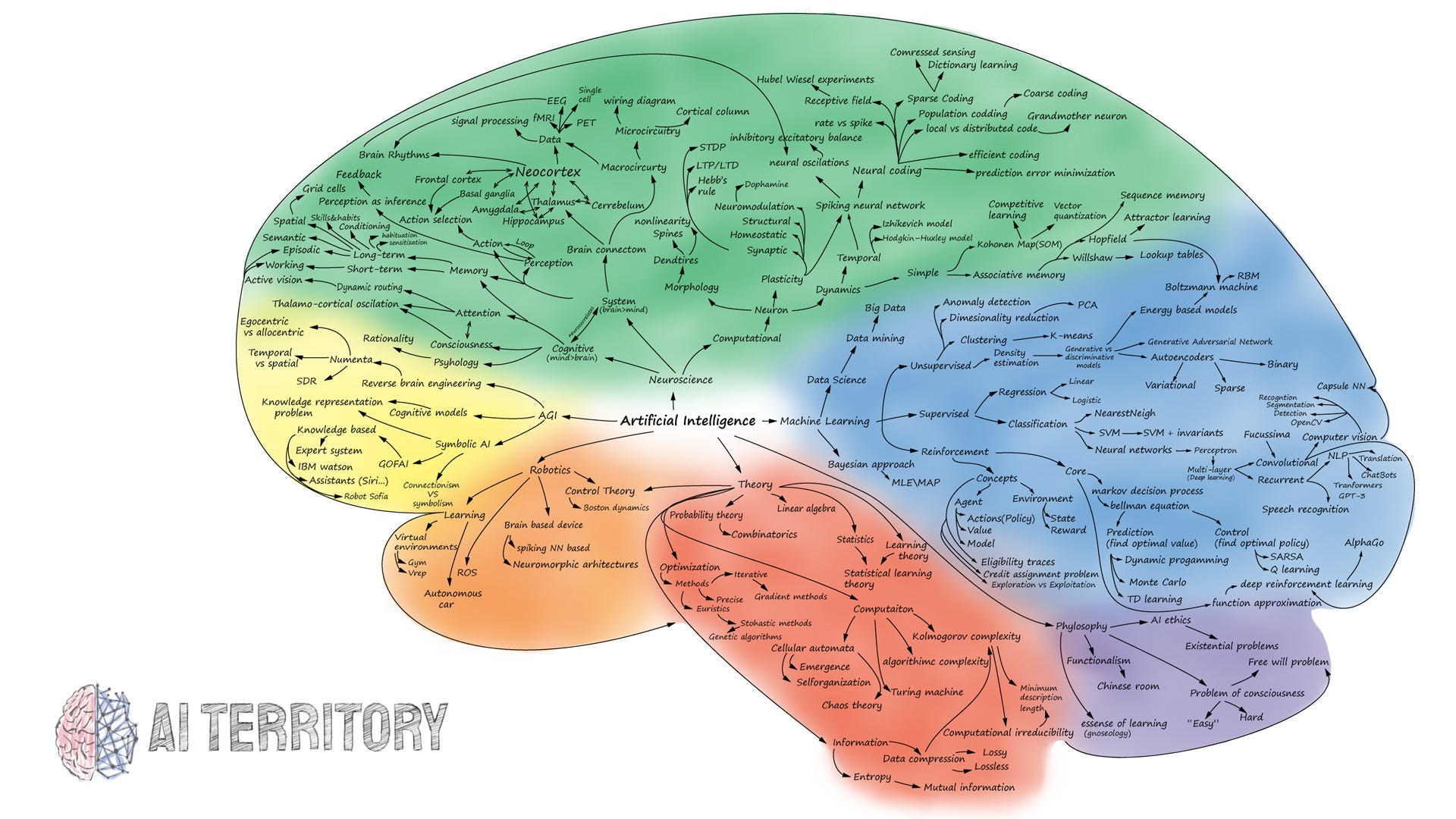AI Learning: Step 1 - Designing My Own Curriculum
AI Learning: Step 1 - Designing and Continuously Managing My Own Curriculum
For students with ample time and energy, they typically follow well-structured curricula aligned with their academic semesters. These students engage in various study groups and hackathons to enhance their expertise and stay on top of the field in order to secure jobs in the AI industry.
But for those who have just started working in AI-related roles, is it appropriate or even feasible to follow the same path as students?
(Personally, I believe that, aside from a few specialized AI departments in universities, many educational curricula are still lacking. This is due to reasons such as newly established departments, a significant shortage of professors, or insufficient resources for the demand.)
From my experience, when you start working in an AI-related field or pursue a graduate degree at a later stage in life, you realize that it's necessary to relearn fundamental concepts, such as basic math, and understand various terms, technologies, and ideas you might not have encountered before. This process involves not only understanding but also storing these concepts in your memory for future use.
If I had the time and foresight to do this earlier, it would have been much better… but of course, back then, I didn't know where to start and how to approach it.
Naturally, when you're starting, you'd likely begin with basic Python, data analysis, or something equally accessible. While this is a great starting point if your goals are clear, the question remains: what comes next? And, like many, you might procrastinate and figure that out later.
If your current expertise or job is not closely related to AI, or if you're pursuing a career in AI while managing both work and studies, I don't believe this approach will significantly help you reach your goals. Eventually, it may lead to missing both opportunities, resulting in a loss of time and energy. Considering opportunity costs, I would argue that it might be wiser to invest that time in areas like real estate or stock market investments.
For these reasons, I believe that regardless of whether you're a student or a professional, it's essential to design a learning strategy tailored to your specific environment and goals.
"AI, as shown in the image above, has not yet fully captured its potential, but it is vast and evolving at a rapid pace. Just looking at the growth and business expansion of nearby startups, it's clear that without a clear goal and direction, we'll soon run out of time just watching the flow pass by.
(Endless cycles of researching and reporting, only to run out of time and fall behind again…)
I believe that if I had structured an AI learning curriculum aligned with my work tasks and maintained consistent learning during the period when my interest in AI first sparked, I would have been in a much better position today. (Although I regret it, I don't dwell on it. ㅠㅠ)
I especially want to prevent others, especially those balancing work and studies like myself, from having the same regrets. That's why I am now sharing the learning curriculum I’ve been maintaining in alignment with my work as a professional.
If possible, I would like to receive feedback from others so I can continuously expand and improve the curriculum, addressing any gaps along the way."
<'way to come' curriculum> Version 2021.01
1. Concept Clarification & Organization
The first step is to clearly understand and organize key concepts. This can be done by:
- Mind Mapping: Create a visual map to connect related concepts, such as AI, machine learning, deep learning, and specific algorithms.
- Use of Diagrams or Flowcharts: Visualizing the relationships and flow of different processes within AI.
- Excel/Trello: Use tools to list and prioritize topics, track progress, and define goals.
Goal: Ensure you have a clear understanding of core AI concepts and how they connect with each other.
2. Define Subjects, Priorities, and Keywords
Once the core concepts are clear, move on to creating a structured curriculum:
Subjects: Break down the key topics such as:
- Machine Learning
- Deep Learning
- Natural Language Processing
- Reinforcement Learning
- Computer Vision
- AI Ethics
Prioritize and Classify: Identify which subjects are most relevant to your current role or future goals. Prioritize the learning order based on:
- Foundational knowledge
- Practical application
- Advanced concepts
Keywords: Identify important keywords for each topic. For example, keywords for NLP could be: tokenization, BERT, embeddings, etc.
Learning Content & Resources:
- Books
- Courses
- Tutorials
- Research papers
- GitHub repositories
- MOOCs (Coursera, edX, Udacity, etc.)
Guidelines (Recommended):
- Set specific learning goals (e.g., "Master basic ML algorithms by month X")
- Allocate time for hands-on practice to solidify learning (e.g., 2 hours/week for coding exercises).
Goal: Create a clear, structured path that aligns with your professional and personal goals, with prioritized subjects and practical learning resources.

Comments
Post a Comment